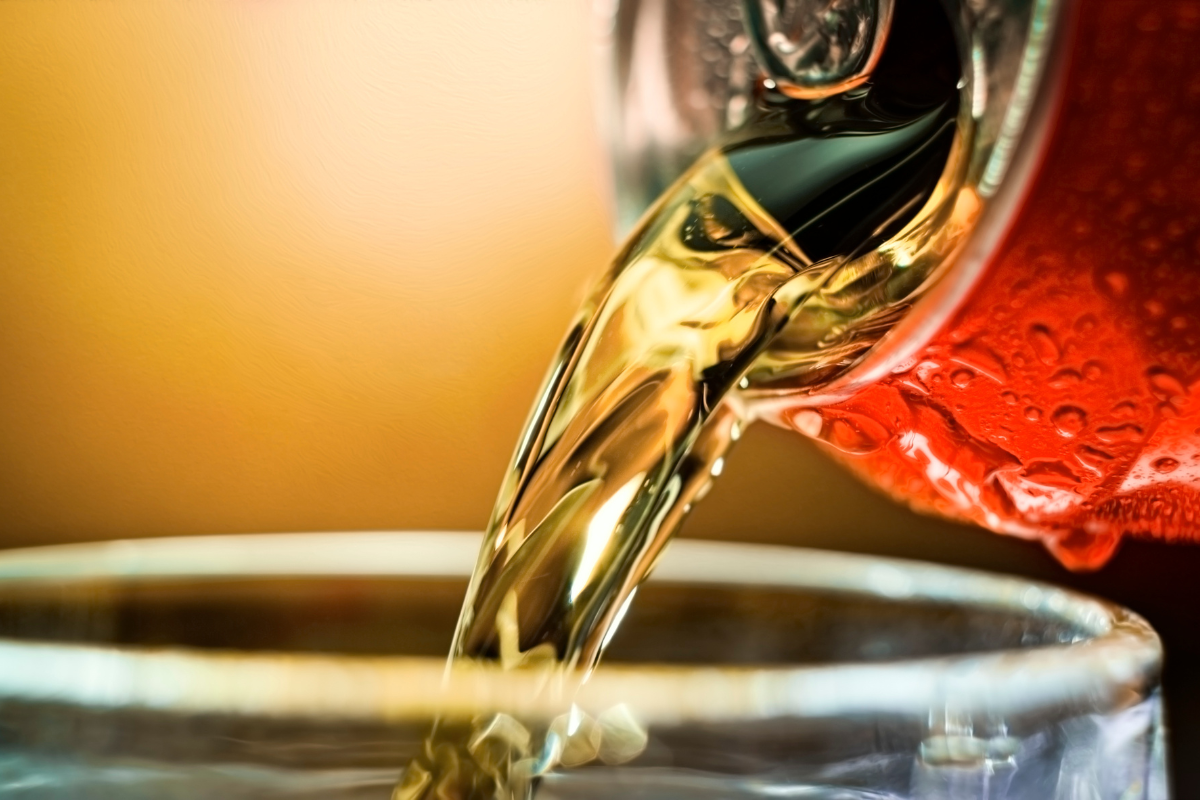Analysts at IWSR have found that demand for premium and cocktail RTD products will drive the category in the next five years, with value tipped to outpace volume growth.
The IWSR RTD Strategic Study looked closely at the RTD category in 10 key markets, which together make up more than 85 per cent of all RTD volumes worldwide: Australia, Brazil, Canada, China, Germany, Japan, Mexico, South Africa, UK, and the US.
Of these, the American market continues to make up the largest volumes and percentage growth – though IWSR says that this progress is expected to slow slightly with consumer enthusiasm for hard seltzers beginning to cool – and hard seltzers constitute more than 60 per cent of the American RTD category.
Brandy Rand, Chief Strategy Officer at IWSR Drinks Market Analysis, explains that this is due to increasing premiumisation.
“Consumers in the US have grown accustomed to the convenience and variety offered by RTDs, which has increasingly led to people trading up to spirit-based cocktails. This reflects the overall spirits premiumisation trend in the US and the popularity of bar-made cocktails,” Rand says.
“As a result, hard seltzer volume is now projected to decrease after hitting all-time highs, which will lead to more moderate growth levels across the total RTD category.”
Indeed, innovation is being found in the spirits-based RTD segment, which now holds 45 per cent of category volume share. IWSR’s report reads ‘cocktails/long drinks are forecasted to spur the most growth in RTDs globally, with volumes expected to overtake hard seltzers in 2025.’
In Australia, the spring out-turn of new products has seen several spirits-based RTDs hit the shelves.
In the markets examined, IWSR believes that the cocktail RTD segment will command just over a quarter (26 per cent) of the total RTD category by 2026, compared to 20 percent held by hard seltzers.
And this is a segment growing in momentum year-on-year: ‘Spirits-based FAB launches in 2022 will outstrip those of 2021.’
Innovation, particularly in taste (which continues to be the leading factor in drinkers switching from other categories to RTD) is forecasted by IWSR to be the key to on-going growth.
“With the RTD category firmly established and competition at an all-time high, brand owners continue to focus on innovative products and brand extensions or partnerships to drive greater awareness and distribution. The RTD innovation IWSR is tracking year-on-year clearly shows a rapid pace of product transformation to meet consumer demand,” says Rand.
Moreover, as there is no single one dominant style of RTD worldwide, the category remains agile in individual markets – “uniquely positioned to capitalise on local tastes and trends,” according to Rand.
Beer remains the category that the most drinkers are switching from, though consumers are also enjoying RTDs alongside the more traditional alcohol categories. This shift presents clear benefits for retailers, as the report details: ‘RTDs are a clear trade-up from beer, with consumers paying roughly double for the same size serve of an RTD.’
This said, IWSR also found that ‘RTDs produced by a local craft brewery’ rate highly with drinkers, as do those made by already established wine and spirits makers. Intriguingly, those made by celebrity-backed brands ranked lowest in terms of influence.
Finally, there are signs that the category’s volume growth is beginning to stabilise, with recruitment of new drinkers at its lowest level in three years. It appears that after RTD’s big bang, the category is reaching maturity worldwide.
Read the full report here.

